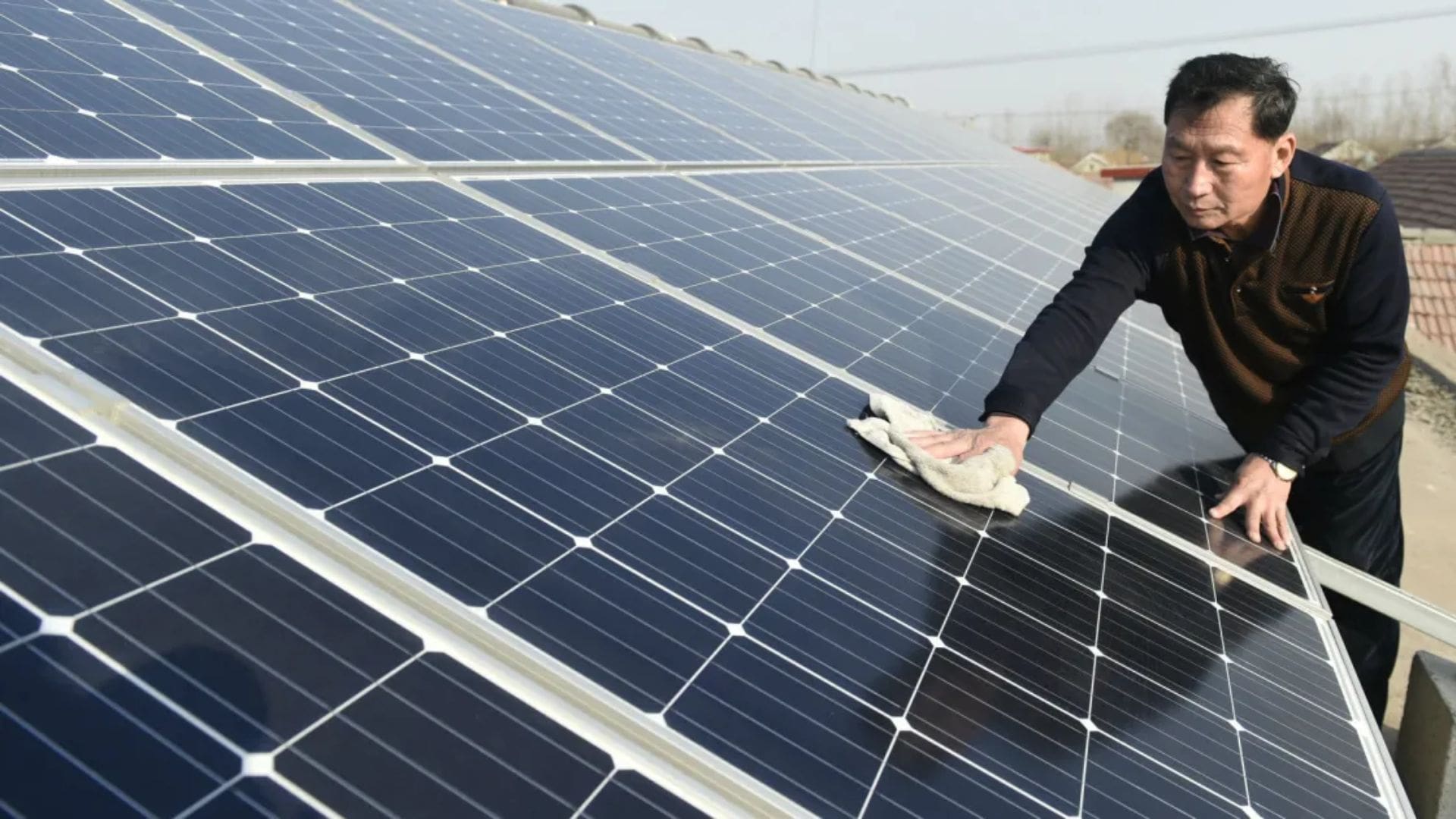Solar Energy Surge in Asia: Unleashing the Potential of the Sun
- Asia | 17 June 2021

The cost of photovoltaic solar panels has been rapidly declining, while their efficiency continues to improve, leading to a global shift towards solar energy. One continent that is increasingly embracing this renewable energy source is Asia. Although Asia has been slightly slower than Europe in adopting solar energy, its southern regions receive significantly more sunlight. With the advancements in solar panel technology, the production of solar energy can become a highly profitable venture in Asia, considering its abundant sunlight and the entrepreneurial spirit of its inhabitants. This transition towards solar energy in Asia holds great promise for the environment, economy, and overall quality of life across the planet. Various Asian countries are employing diverse technologies and strategies to harness the power of the sun, resulting in different degrees of success.
China: Pioneering Solar Power
China has emerged as the world’s largest market for solar technologies, with photovoltaic and solar-thermal plants sprouting up across the country at an impressive rate. In 2017, China achieved a monumental milestone by surpassing 100 GW of solar power production capacity. Notably, in 2020, China launched the world’s largest solar plant in the province of Qinghai, boasting a capacity exceeding 2.2 GW. Such rapid progress within a short span of two years indicates exponential growth in China’s solar energy sector, leaving experts intrigued about the country’s future combined solar capacity. Although solar energy currently constitutes a small part of China’s energy portfolio, there remains substantial untapped potential, making room for further advancements.
Japan: A Solar Energy Innovator
Japan has been a frontrunner in solar energy not only in Asia but globally for many years. The country played a significant role in the design and development of photovoltaic panels in the 1990s, contributing to their cost-effectiveness today. Leading manufacturers such as Solar Frontier, Mitsubishi Electric, Toshiba, and Sharp Solar are based in Japan. By 2017, Japan had amassed a cumulative solar capacity of 50 GW, rivaling China on a per capita basis. Solar energy already fulfills over 7% of Japan’s national grid demand, surpassing China’s 1.8%. Japan has consistently surpassed its solar energy targets, and with current photovoltaic technologies proving economically viable even without subsidies, it has the potential to become the first Asian nation to rely predominantly on renewable energy, including solar power.
South Korea: Transitioning from Nuclear to Solar
South Korea, often compared to Japan, has faced challenges in harnessing renewable energies. In 2017, the country’s installed solar power capacity accounted for only 3% of its national consumption. This low adoption of solar energy can be attributed to South Korea’s heavy reliance on nuclear power, which supplies nearly one-third of the nation’s electricity demand. Unlike other developed economies that became wary of nuclear power in the late 1990s, South Korea maintained confidence in its 23 reactors’ safety. However, the Fukushima Daiichi nuclear disaster in 2010 prompted a reconsideration of nuclear expansion plans. As a result, South Korea has been revising its energy portfolio and increasing its emphasis on solar energy. Programs such as the installation of solar panels over public and private buildings in Seoul indicate a significant shift in South Korea’s energy strategy.
India: Unlocking Solar Potential
India, with its tropical climate, receives abundant sunlight, boasting an average solar radiation of over 18 MJ/sqm/day. This surpasses the solar radiation received in Europe and most parts of Asia. Surprisingly, India’s combined nominal capacity of solar plants remains below 20 GW, comparable to smaller countries like Ireland and the UK. However, regulatory obstacles, redirection of energy subsidies towards solar projects, and attracting foreign investors could pave the way for substantial growth in India’s solar energy sector. By removing these hurdles, India has the potential to increase its nominal solar electricity production capacity to 100 GW by 2022, experiencing a remarkable fivefold growth.
Asia is experiencing a significant surge in solar energy adoption, driven by decreasing costs and increasing efficiency of photovoltaic panels. China leads the pack with its impressive solar power production capacity, while Japan showcases its long-standing expertise in solar energy innovation. South Korea is transitioning from nuclear to solar, and India, with its ample sunlight, holds immense untapped potential. As these Asian nations continue to embrace solar energy, the environment, economy, and global quality of life stand to benefit tremendously from the power of the sun.








